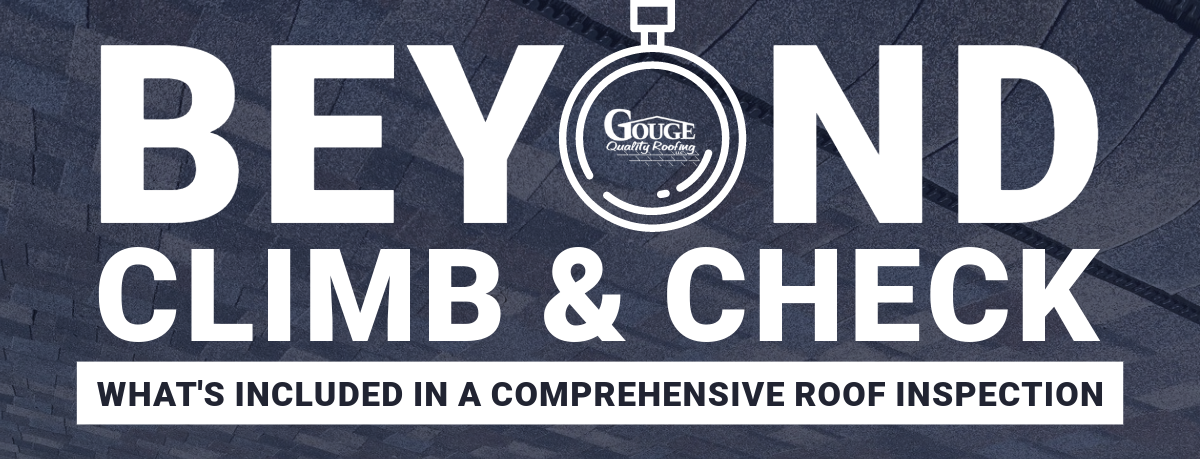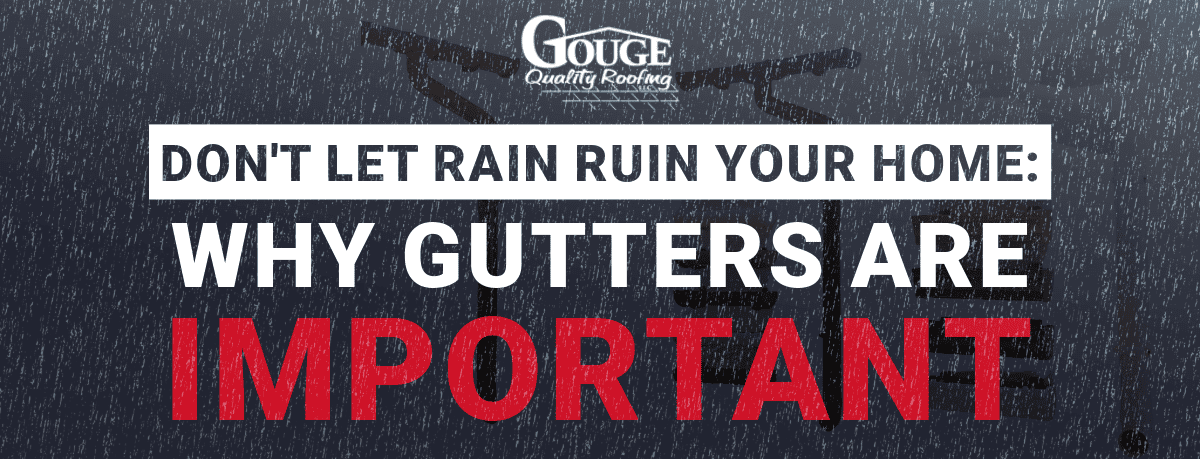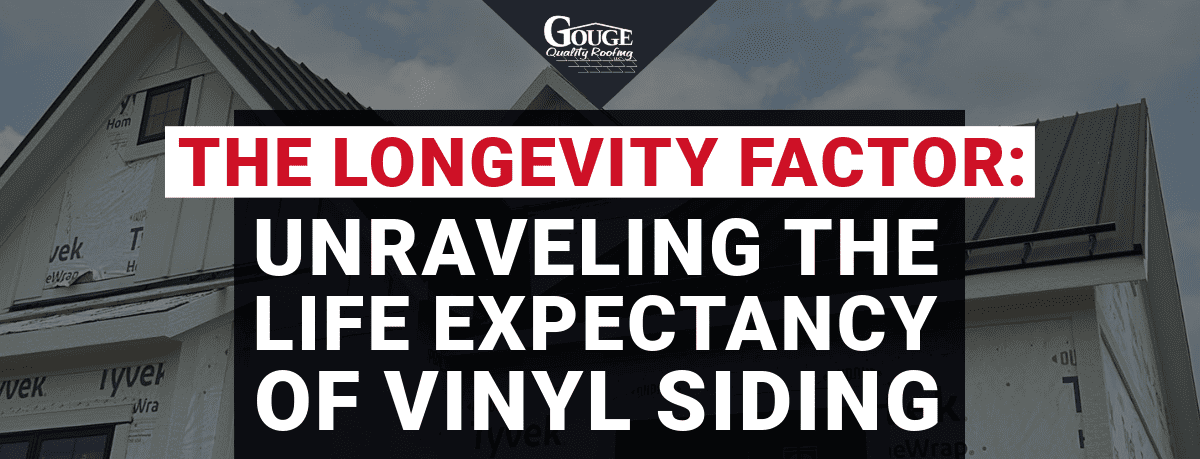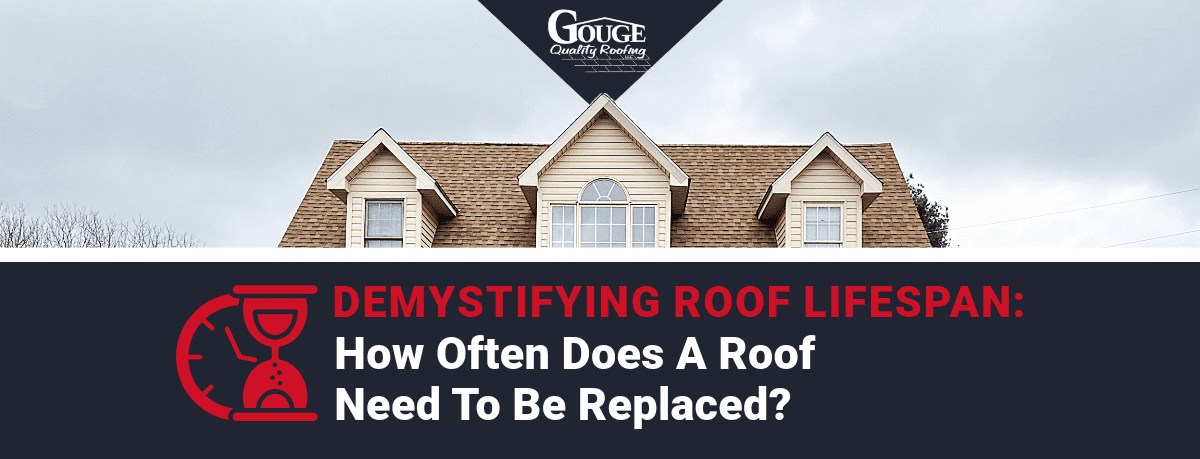For homeowners who are unfamiliar with the roofing industry, the term “roof inspection” can be ambiguous. For some, it draws a complete blank in the mind. After all, what could someone possibly be inspecting? It’s a roof, not a supercomputer. For others, it may conjure images of something far more involved. Here, we’ll take a moment to explain what’s included in a comprehensive roof inspection & why you should consider having one performed on your home.
What is a Roof Inspection?
A comprehensive roof inspection involves a thorough examination of all the components of the roof to determine its current condition and performance. The inspector will provide a detailed report after the inspection, outlining their findings, necessary repairs or maintenance recommendations, and an overall assessment of the roof’s condition. It is recommended to perform regular roof inspections, especially before buying a new home or as part of preventative maintenance, to ensure the roof is in good condition and address any issues early on.
This inspection is performed by a professional and may include the following steps:
Exterior Inspection:
The inspector will inspect the roof covering, such as shingles, tiles, or metal panels, to check for signs of wear, damage, and missing materials.
They will examine the flashing around chimneys, skylights, vents, and other penetrations through the roof. They will also ensure each site is properly sealed and in good condition.
The inspector will assess the gutter system, looking for any clogs, damage, or improper installation that may affect the roof’s drainage.
They will examine the soffits and fascia (trim board along the roof edge) to check for signs of deterioration, damage, or improper ventilation.
The inspector will assess other roof penetrations, such as vents, pipes, and satellite dishes, to ensure they are correctly installed and sealed tightly to prevent water infiltration.
They will inspect the chimneys and skylights for signs of damage, deterioration, or improper installation that may lead to leaks or safety hazards.
The inspector will evaluate the roof slope and drainage system to ensure proper water runoff and identify any issues that may lead to ponding or water accumulation.
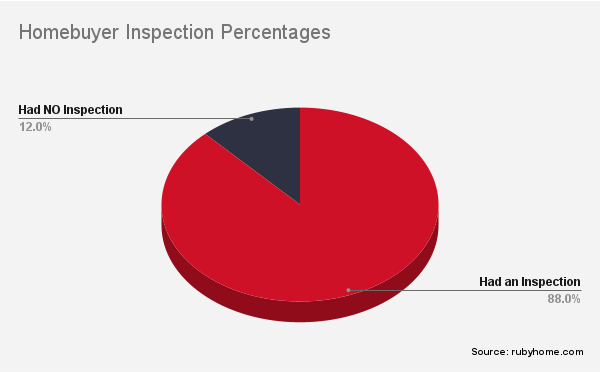
Interior Inspection:
The interior examination of a roof involves several components to evaluate the roof’s condition, and identify any potential issues. The interior inspection process may include:
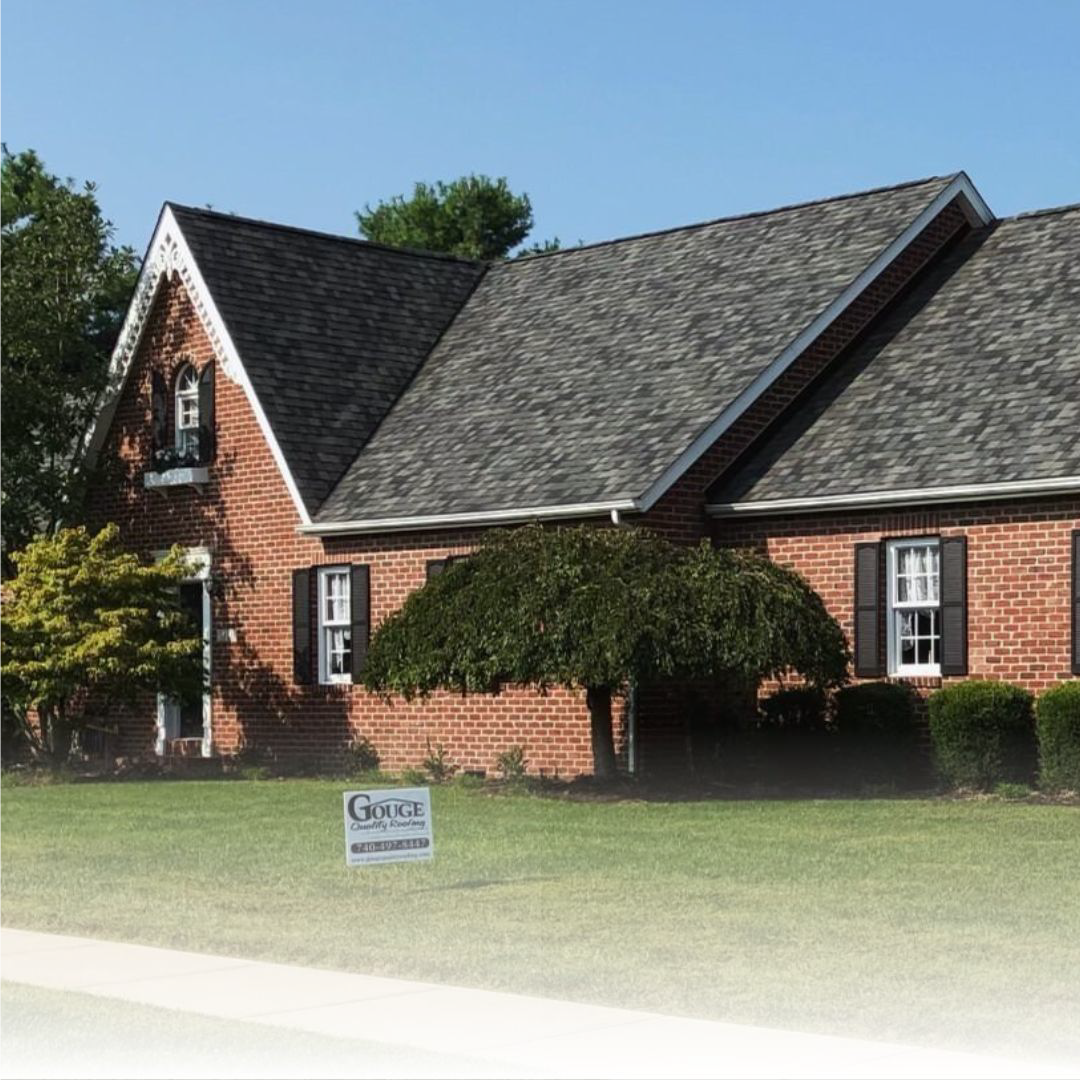
The inspector will examine the interior space under the roof, such as the attic or crawl space, to check for signs of water damage, leaks, condensation, and structural issues. They will look for any staining, dampness, or mold growth that could indicate roof leaks or inadequate ventilation.
They may inspect the insulation in the attic to ensure it is properly installed and meets the recommended standards. They will also check for any compressed or damaged insulation affecting energy efficiency.
Proper ventilation is crucial for the health of the roof and the overall home. The inspector will examine the ventilation system, including vents, fans, and intake/exhaust systems, to ensure they function correctly and promote adequate airflow. Inadequate ventilation can lead to problems with moisture buildup and compromise the roof’s integrity.
Any electrical or plumbing penetrations through the roof, such as electrical conduits or vent pipes, will be inspected to ensure they are properly sealed and do not pose a risk of water intrusion.
The inspector may examine the interior ceiling for any signs of water stains, discoloration, or cracks that could indicate roof leaks or structural issues. They will also check for any signs of sagging or compromised ceiling integrity.
Structural Inspection:
The inspection of structural components of a roof involves evaluating the condition and integrity of critical elements that provide support and stability to the roof. This typically includes assessing the following components:
- Trusses or Rafters: The inspector will examine the primary framing elements, such as trusses or rafters, to check for any signs of damage, deterioration, sagging, or improper installation. This evaluation helps ensure the structural integrity of the roof.
- Beams or Ridge Boards: The inspector will inspect any beams or ridge boards that support and stabilize the roof structure. They will look for signs of damage, rot, or structural weakness that could compromise the roof’s stability.
- Joists or Purlins: Joists or purlins are horizontal elements that support the roof covering. The inspector will assess these components for any signs of damage, sagging, or inadequate spacing. They will also examine the connections between joists and trusses for proper fastening.
- Soffits and Fascia: Soffits and fascia are structural and aesthetic elements connecting the roof to the exterior walls. The inspector will inspect these components for signs of rot, damage, or inadequate installation, which can affect the roof’s overall integrity.
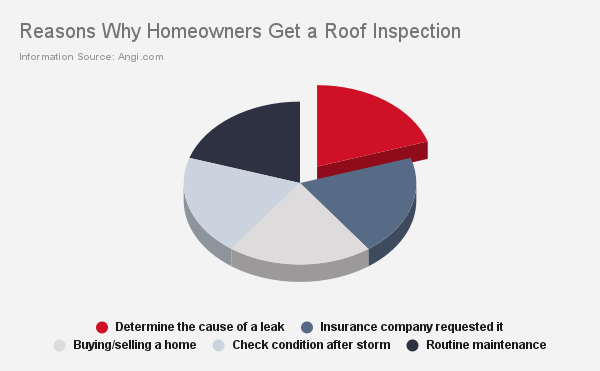
What About Core Samples?
Core samples are sometimes used in the roof inspection, but their use may vary depending on specific circumstances and the inspection goals. Core samples involve the cutting and removing roofing layers to reach the structural deck and allow for a closer examination of the roof’s construction, moisture levels, or substrate condition. However, core sampling is a test that may not always be necessary for a routine roof inspection.
Assessment of Other Components:
Depending on the type of roof and its specific features, the inspector may evaluate additional components such as the chimneys, skylights, vents, and other roof penetrations. The inspector will check for signs of damage or improper installation that could lead to leaks or other problems.
Who to Contact for a Roof Inspection
At Gouge Quality Roofing, we ensure complete documentation is in place when you have a roof inspection performed on your home. We will document (in writing and photographs) precisely what we find on your roof & and also provide suggestions for repairs or improvements. Whether you suspect damage to your roof, need a routine inspection performed as a part of general maintenance on your home, or are buying a new home, contact us for a thoughtful & comprehensive roof inspection.
